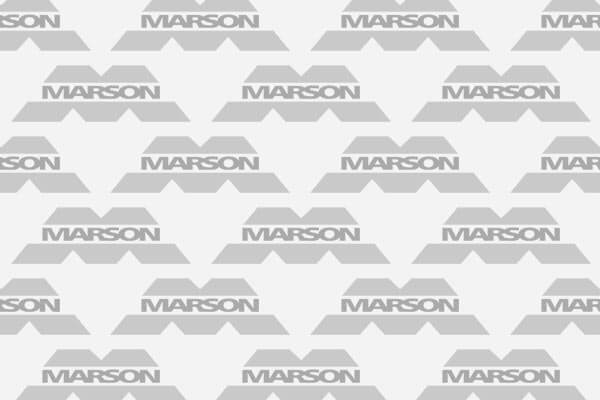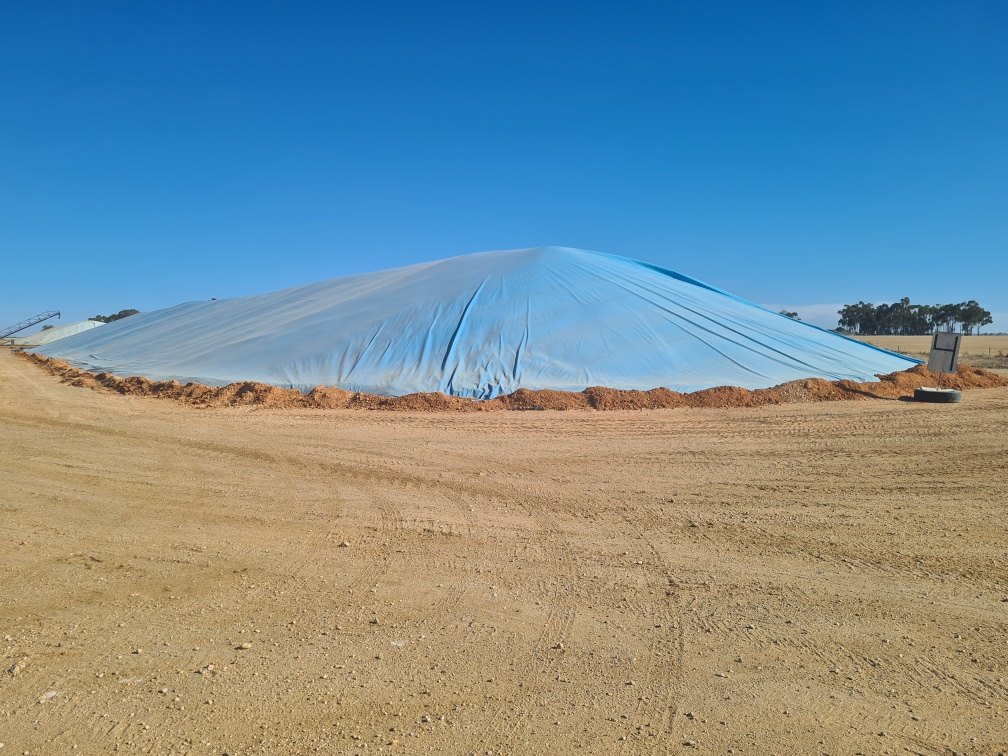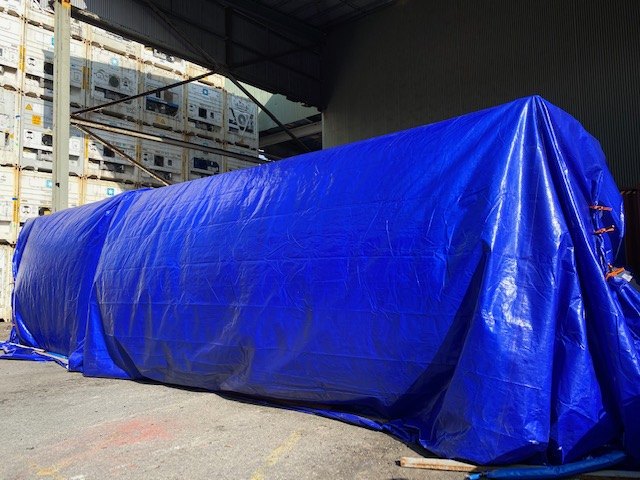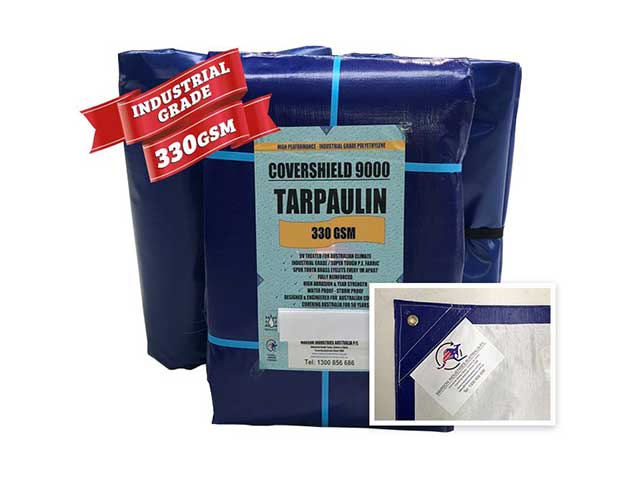Bunding is simply a spill containment product, mostly used by businesses which require liquid storage including fuel/oil as well as hazardous materials. You can think of bunding in a sense as a kind of retaining wall. The walled sides provide the barrier to contain spills while still remaining low enough to the ground in most instances for vehicle access. The bunded areas are fashioned for handling the capacity of the biggest spill possible that can occur in that area.
6 Main Types of Bunding
You will find that there are several different types of bunding products available, that require different approaches for installation, and made for specific applications, but in all these cases the role of the bunding is containment of any potential spills. The following are some of the bunding products available.
- 1. Bunded Palettes
These are simply palettes that offer the benefit of containment of spills. You can find them in either 2 drum or 4 drum configurations along with Intermediate Bulk Container (IBC) and twin IBCs. Bundled palettes are commonly used for drum and fuel storage.
Bundled palettes are regarded as a secondary spill prevention tool and are an effective approach to spill risk mitigation and are a practical way of ensuring that work places remain safe and tidy. When not in use, you can stack them or nest them for efficient transportation and storage.
Longevity of bundled palettes will always depend on the type of application. Most bundled palettes carry a warranty of not less than 4 years against defect. If used as designed they can last for up to 10 years or more.
- 2. Rubber Floor Bunding
Rubber floor bunding is suitable for any application that involves heavy movement of vehicles is necessary to enter the bunded area. It is also quite durable and stands up well to heavy treatment over prolonged periods.
This type of bunding is usually sold in 5m lengths and is easy to install meaning that you can be up and running within a very short time. It has contoured edges that reduce the likelihood of it being a trip hazard as well as allow for smooth entry of vehicles. This type of bunding is great for the construction of wash bays along with other areas for storing liquids.
When choosing rubber floor bunding for your business, always take into account the amount of traffic as well as expected usage during its normal life cycle.
- 3. Flexible Floor Bunding
Flexible floor bunding is particularly popular with forklift operators since it springs back into shape after being driven over and handles heavy vehicles easily since it has good bounce flex. This type of bunding is just as effective as rubber floor bunding but it works better for factories and warehouses since it does not slow down vehicle operators and still offers effective spill containment.
This type of bunding is suitable for typical bunding of any kind, it is designed for vehicle traffic and you install it by fastening a flat bar and pinning it to the floor. Adhesive is then used to help it stick and to create a water proof seal.
- 4. EVA Floor Bunding
EVA floor bunding is a softer foam product typically used for applications such as clean workshop floors. This type of bunding has adhesive backing and you can install it easily by simply removing the backing and placing it as needed. EVA floor bunding is not suited to the constant access of heavy vehicles and before you lay it, you need to ensure that the surface is clean and free of any kind of contamination, grease or oil.
This type of bunding works well if you are applying it to a clean floor. It is surprisingly strong and its heavy foam compound moves minimally. If you have to use heavy vehicles with this type of bunding, it is advisable to have ramps that straddle the bund to protect against wear and tear. It is advisable to use EVA floor bunding for indoor application only. This bunding has a unique joining mechanism that utilizes a wishbone style attachment that ensures a water tight installation as well as a good straight line.
- 5. Temporary Bunding
Temporary bunding is also referred to as emergency bunding and is an ideal short-term solution for dealing with leaking equipment or drums. Temporary bunding is usually constructed from PVC and is easy and fast to assemble just as you would expect. Temporary bunding is particularly effective at ensuring that sites remain clean and helps you save on remediation costs when the time to pack up comes.
- 6. Portable Bunding
As the name suggests, portable bunding is perfect for portable applications such as for temporary storage. This type of bunding is best suited to mining oil and gas applications, which are always on the move. The bunding is constructed from heavy duty PVC combining reinforced fiberglass battens that offer stability. In addition to being reliable and fast, it is easy to pull them down and fold them away requiring little storage when not in use.
Portable bunding is quite popular in CSG industry storage applications and temporary site works. This type of bunding is quite durable and is easy to fold away within a matter of minutes. All types of portable bunding are oil, chemical, and fuel resistant.
In conclusion, this article has looked at the 6 main types of bunding available. Now that you know of the different types, you can choose the right type of bunding that will suit the needs of your business.




